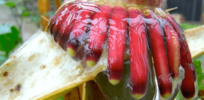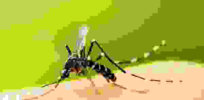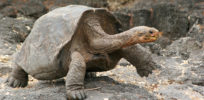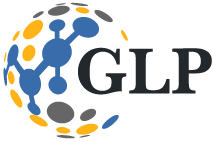Yale University

Human evolution may have more to do with genetic material we lost from our primate ancestors than what we gained
A new study explores the significance of the genetic information absent in the human genome compared to other primates ...

Ancestry vulnerability: Inherited metabolic differences key to understanding disease patterns
Our ancestry can be detected not only in our genes, but also in our metabolism, a new Yale-led study has ...

How understanding human genetics and calorie restrictive diets can extend our lifespans
Decades of research has shown that limits on calorie intake by flies, worms, and mice can enhance life span in ...

Mexico’s self-fertilizing corn could be worth millions. Will village where it grows share in the profits?
In a 1979 visit to Totontepec, a small town in Oaxaca, Mexico, naturalist Thomas Boone Hallberg marveled at the local ...

Land sparing or land sharing: How do we feed the world while protecting the environment?
It is one of the biggest questions in conservation: Should we be sharing our landscapes with nature by reviving small ...

Viewpoint: Environmental gene editing shows promise, but requires ‘careful oversight’
In Burkina Faso, the government is considering the use of genetically modified mosquitoes to eradicate malaria. In Nantucket, Mass., officials ...

Can we ‘bring back’ long extinct Galápagos tortoises?
Many members of the two species of tortoises — marked by the distinctive saddleback shape of their shells — were ...

What sets humans, chimpanzees apart? Genetic markers could offer answers
What makes humans different from chimpanzees? Evolutionary biologists from Howard University and the Yale School of Public Health have developed ...

